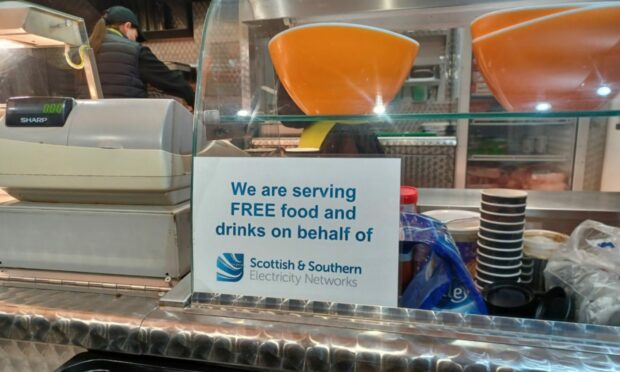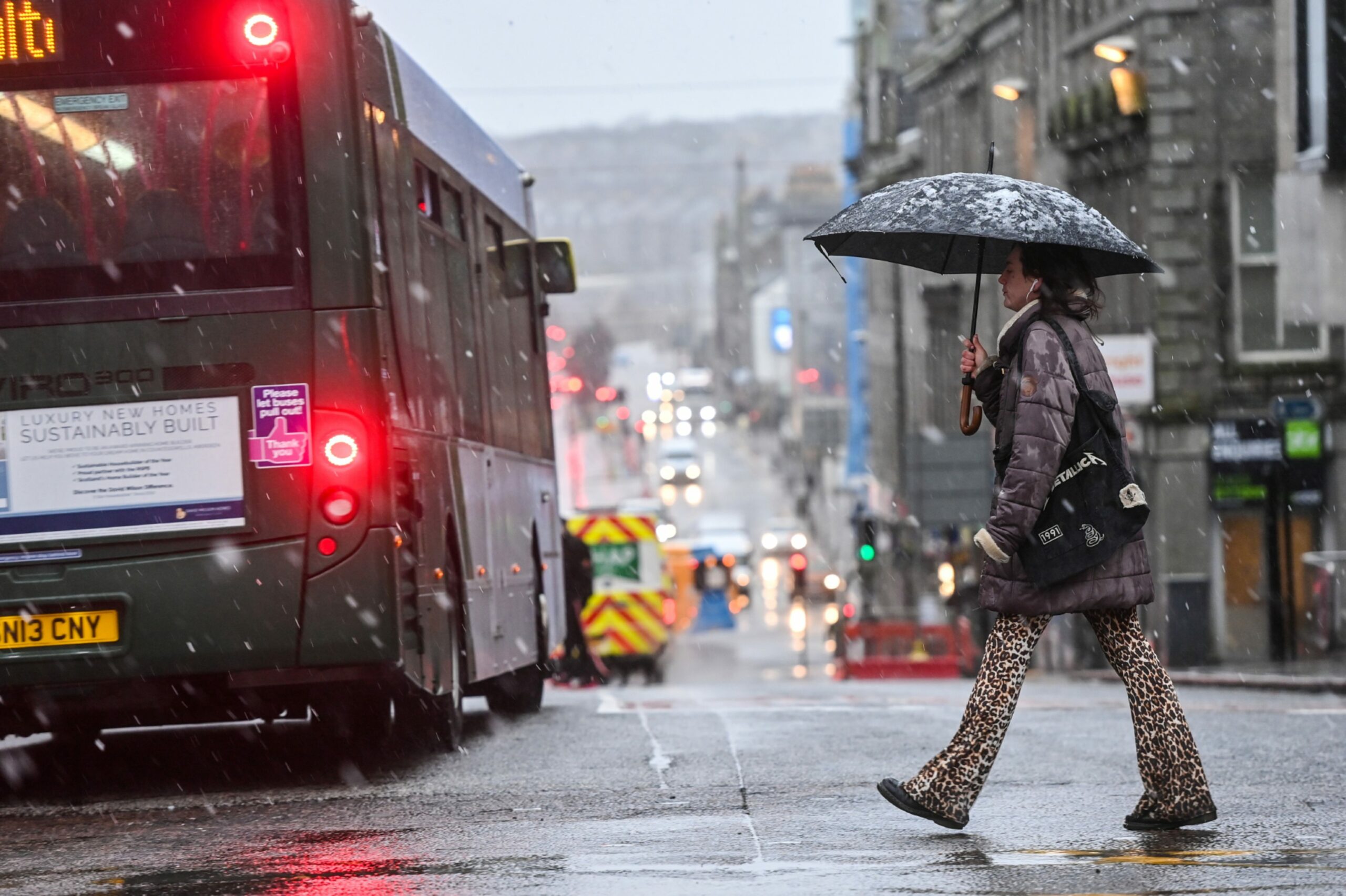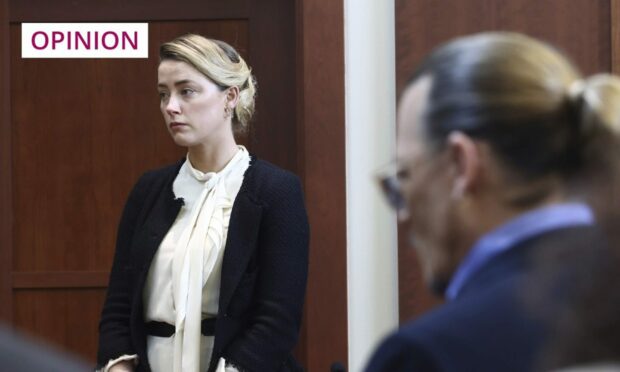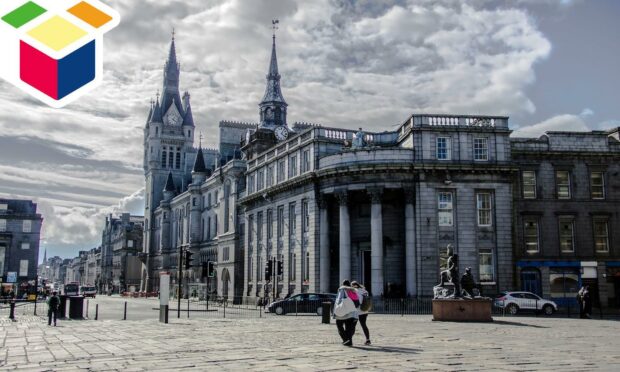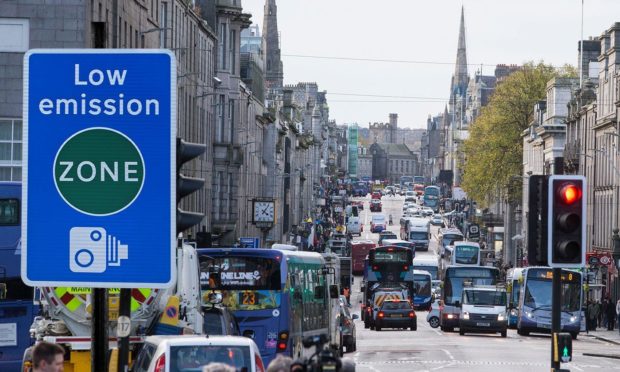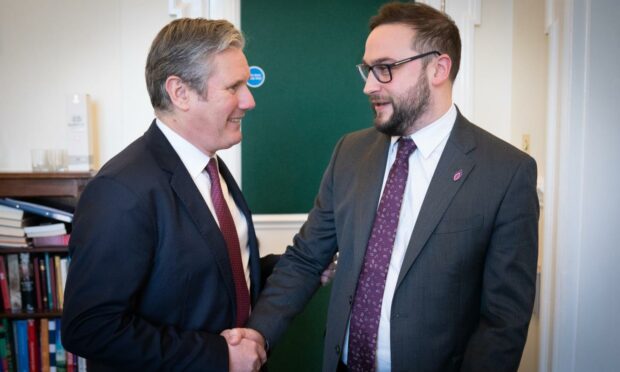It was Billy Connolly who once remarked that there is no such thing as bad weather, just the wrong clothing.
Given the weather of the last three months, he may want to reconsider.
We are used to bad weather in Scotland and pride ourselves on living life as near to normally as possible when the inevitable gales, blizzards and ice do their best to knock us out of our stride.
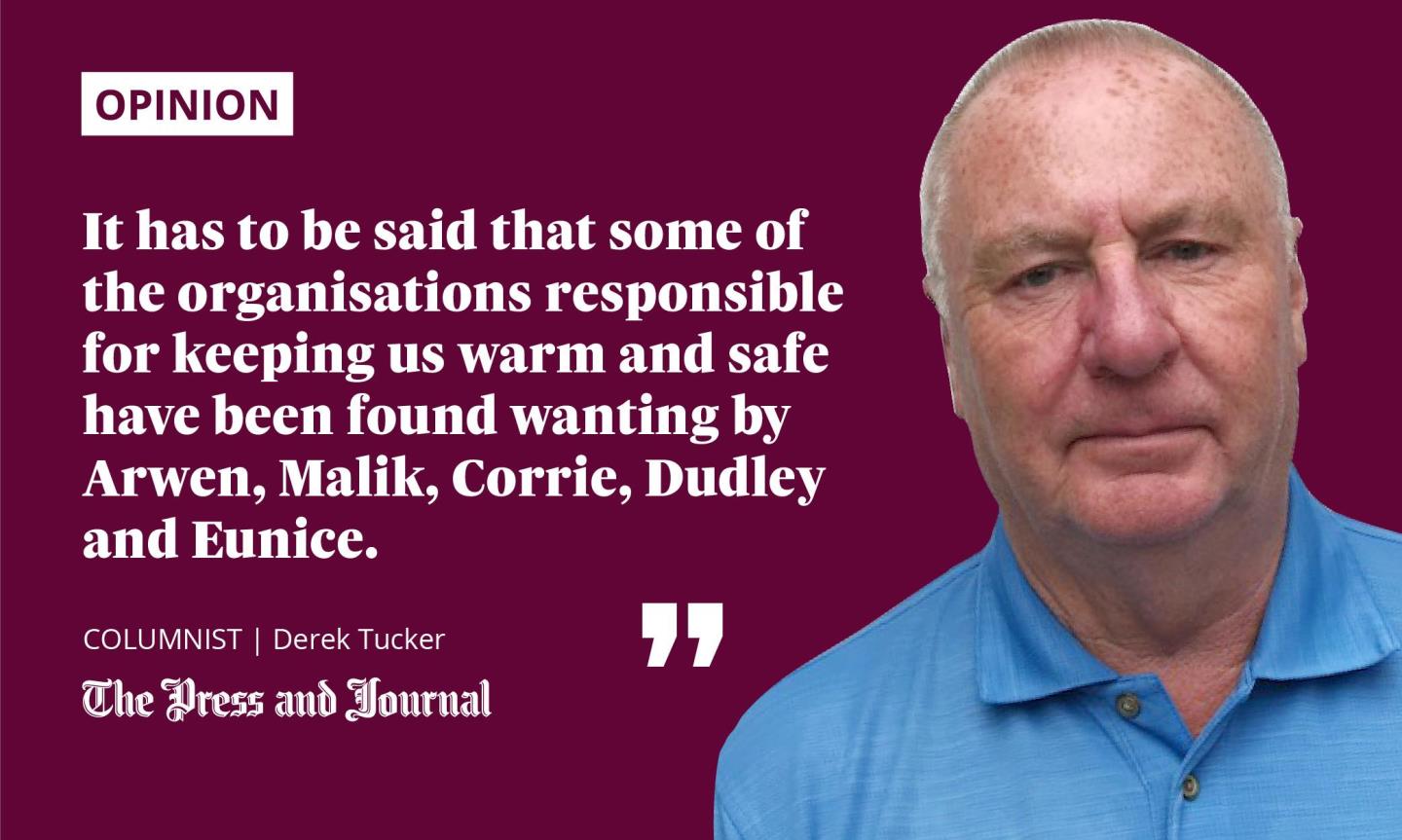
We watch with a mixture of amusement and scorn as TV news gives almost hysterical coverage to an inch of snow falling in London. We shake our heads at the southern softies. Yet, having endured a non-stop wave of storms, beginning with Arwen at the end of November and continuing through to Eunice last week, Scotland’s famed resilience to weather extremes has been sorely tested.
It has to be said that some of the organisations responsible for keeping us warm and safe have been found wanting by Arwen, Malik, Corrie, Dudley and Eunice.
SSEN provided support after storms – but they weren’t prepared
Scottish and Southern Electricity Networks has been widely praised for its humanitarian efforts when thousands of Scottish customers were left without power for up to a week after winds of up to 90mph blew down trees, which in turn pulled down power lines right across the country.
The organisation brought in dozens of mobile food vans and ensured that those who had neither heat nor light could have access to hot food and drinks, as long as they had access to transport. It introduced a generous £15 per person, per meal allowance for those who could not use the food vans, and reimbursed reasonable hotel expenses for vulnerable people who simply could not bear to stay at home in the dark and cold.
On top of that, Scottish and Southern Electricity Networks voluntarily enhanced its statutory compensation payouts by 20% and paid them promptly.
All very commendable, but it should not disguise the fact that the company has failed to prepare for such catastrophic weather events by making power supplies sufficiently robust to cope with gales. It made £1 billion profit last year and should have done far more than it has to weatherproof the network.
We need a more robust infrastructure
There have been wildly fluctuating estimates of just how many trees have been brought down in the storms, but the general consensus is that it runs into the millions. Given that many of them fell across roads, it is perhaps surprising – and very fortunate – that there were not more deaths and serious injuries than there actually were.
If climate change predictions are correct, the storms we have witnessed in the last three months will become more commonplace in years to come
What has become apparent is that there is a disconnect between the two Scottish Government bodies set up to plan and manage forestry issues. I live on a semi-rural Aberdeen road passing through woodland. This road has now been closed for more than three weeks.
When I began to query the reason, I stumbled upon a situation whereby Scottish Forestry is responsible for policy, which Forestry and Land Scotland implements. Quite why it requires two separate government bodies – in Grampian region both are based in the same building in Portsoy – is beyond me, but each blamed the other for the delay.
It was only when the email ping-pong reached the top of the organisations that things finally began to move.
If climate change predictions are correct, the storms we have witnessed in the last three months will become more commonplace in years to come. It is vital that our infrastructure is made robust now and that, when the worst happens, we are in a position to react swiftly and efficiently.
Recent experience must be a wake-up call.
Derek Tucker is a former editor of The Press and Journal
